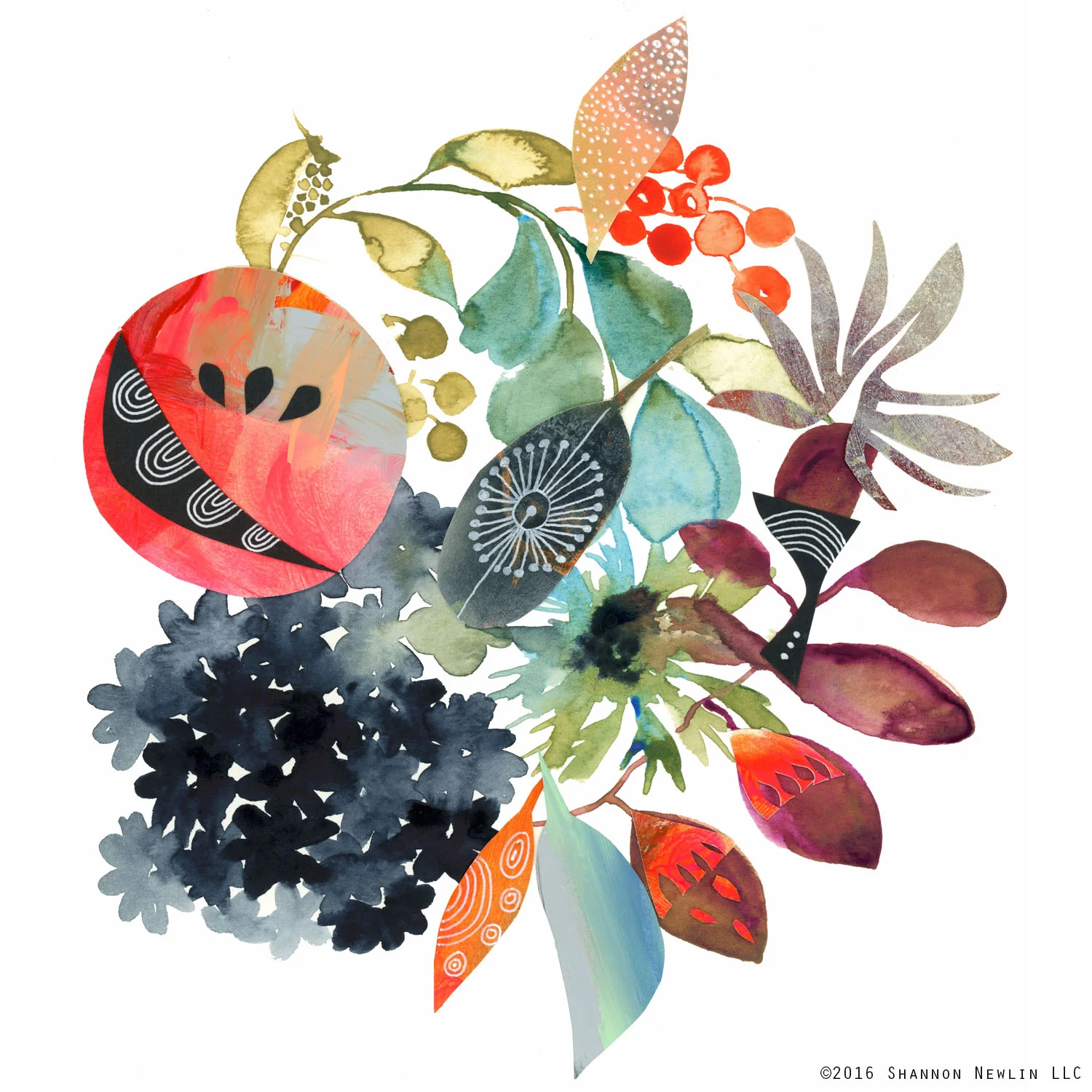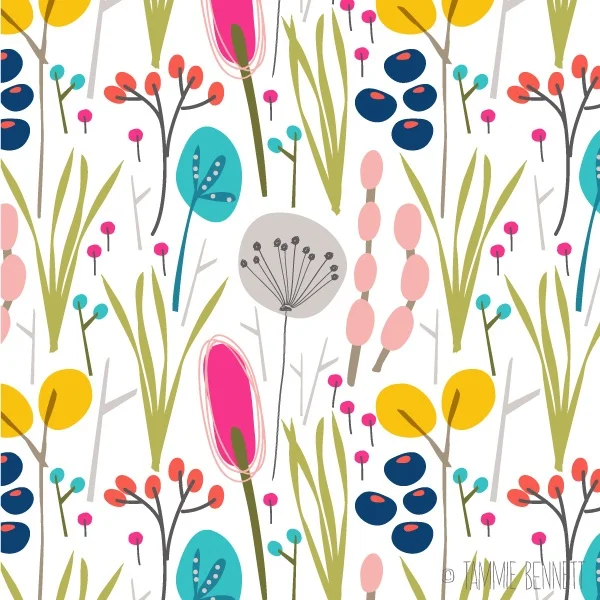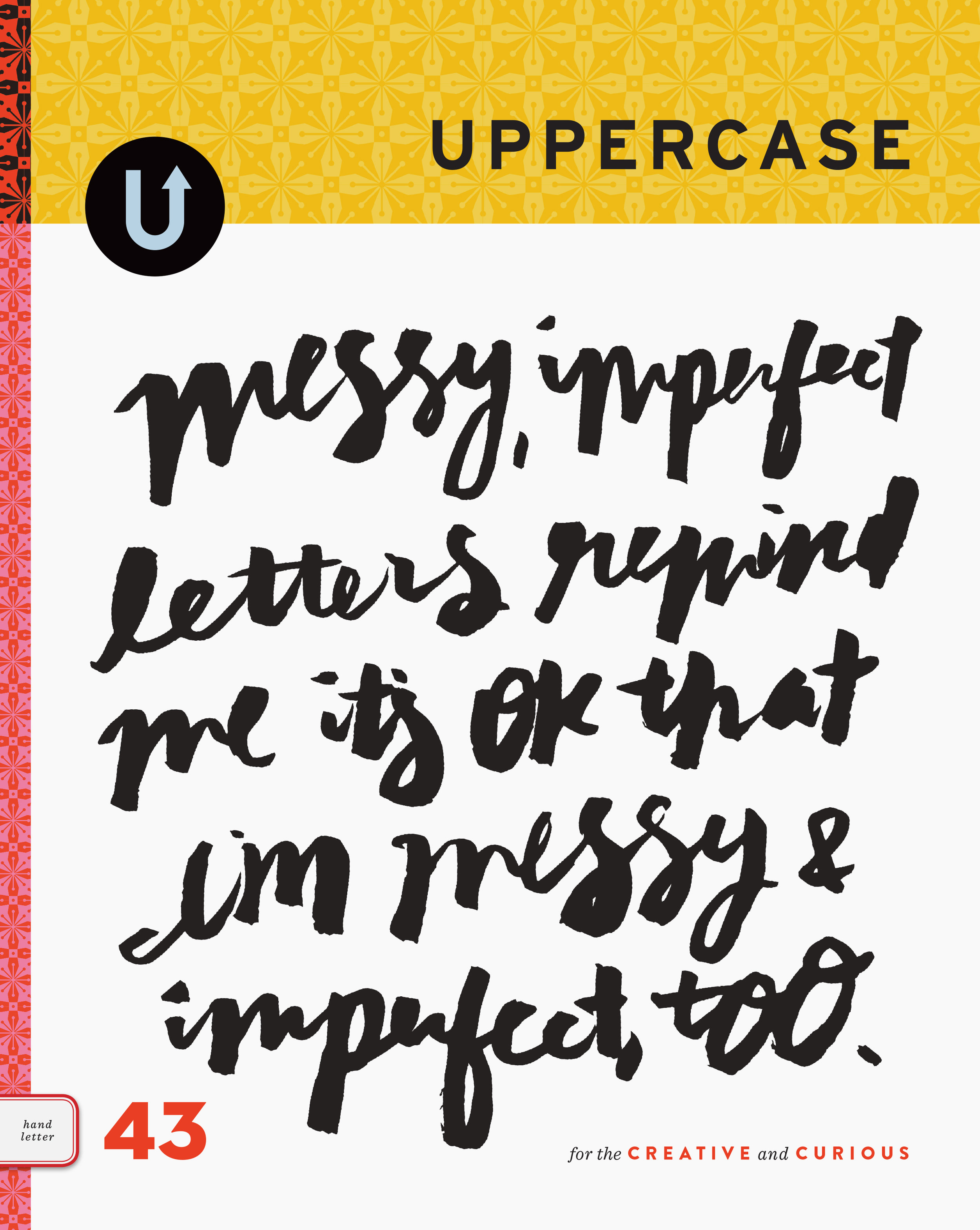Wallpapers by Nottene
/Kimberly Ellen Hall and Justin Hardison are the creative company, Nottene (pronounced [nuh-ten-uh]). Nottene was originally featured in the first edition of the Surface Pattern Design Guide. Since then, they've developed a line of wallpapers.
"Our papers are screen printed by hand in New York, and feature the signature and delicate motifs which are a continuation of the our interest in finding patterns in the small details of everyday life," says the pair.
I received their catalogue in the mail recently—though not in time to include it in issue 32 which was already designed at that point. But I thought I'd share a flip-through of it with you here. The inclusion of the actual samples shows how beautiful the wallpapers are—velvety and satisfyingly matte with hits of metallic.
There's more to discover at Nottene.





































































